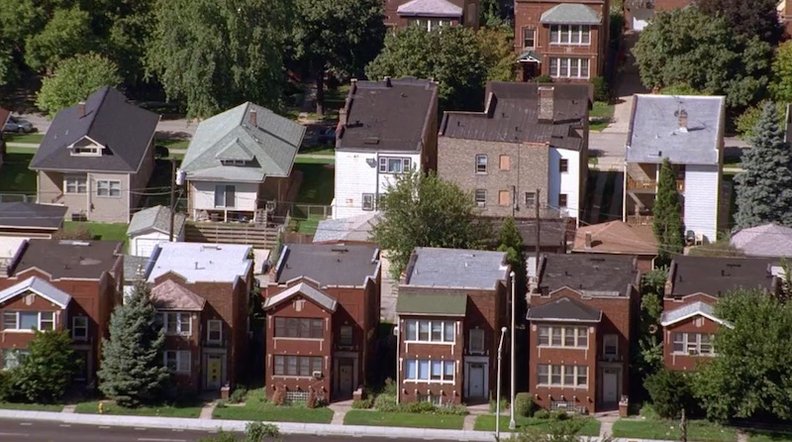
By Dennis Rodkin, September 16, 2019, chicagobusiness.com
In this slow real estate market, when fewer homes are selling and prices are rising weakly, homeowners who are thinking of selling may be wondering if there’s any interest in what they’re offering.
Now they can find an answer via the website of Baird & Warner, the Chicago-based real estate brokerage. Baird & Warner is rolling out a new tool that tells homeowners how many buyers are actively searching for homes priced like theirs in their locale.
The results that come up will “tell you what the demand really is out there for your house,” said Dean Rouso, the firm’s vice president of sales development. There may be a lot, but if there isn’t much, “maybe you’ll decide to wait until next spring” to list the home, he said.
Crain’s ran a test of the tool using a reporter’s property in the north suburbs and found that on Friday 41 people were searching for homes like it, but by Monday the number was up to 49. The figure is compiled using data on active house hunters, the number of showings homes in the price range get, online inquires and other factors.
The test house’s 40-plus potential buyers is good demand—”you only need one of them to buy the house,” said Eddie Mateja, the firm’s sales training manager. But the site doesn’t offer any guidance, such as whether this home had more target buyers a year ago. For insight at that depth, both Mateja and Rouso said, the homeowners would have to consult an agent.
Baird & Warner is the first in Chicago to introduce the tool, which is from Buyside, a Pennsylvania-based real estate data firm. It’s intended to help home sellers with preliminary research stages, in the hope that they later turn into Baird & Warner clients.
At Baird & Warner’s site, users click on “sell a home” and then go through a simple verification process (knowing the year they bought their house demonstrates that they’re the actual owner). The site displays three automated valuations on the property, Zillow’s well-known Zestimate and two others.
This is the part that seemed imprecise in Crain’s test run. The three estimates put the home’s value at about $225,000 to $426,000, a very broad range. Rouso said the range is the result of the three automated sites each having its own proprietary way of assessing a home’s value, but he said that in most examples he has tried, the range hasn’t been so broad.
The next step in the process is highly subjective: The homeowner uses a slider bar to indicate where the home’s condition is on a range from “needs work” to “good” to “excellent.” There’s no accounting for specifics, such as age of the roof or utilities.
Homeowners are often fond of their home’s style and finishes, and may be blind to its deficits, such as too few bathrooms compared to the norm in their price range. Rouso acknowledged that this slider bar provides only a gross measure of the home’s quality, but said “it’s a start. It gets you a ballpark number of what your house is worth.”
When Crain’s slid the bar from “needs work” all the way right to “excellent,” the lowest estimate of the test home’s value rose nearly $80,000, to slightly more than $304,000, although the upper-end figure didn’t change from where it had been, around $426,000.
The change in value seen by sliding the bar, Rouso said, may encourage potential sellers to investigate what they can do to make the house look its best on the market, in part by consulting a Baird & Warner agent.
Leave a Reply